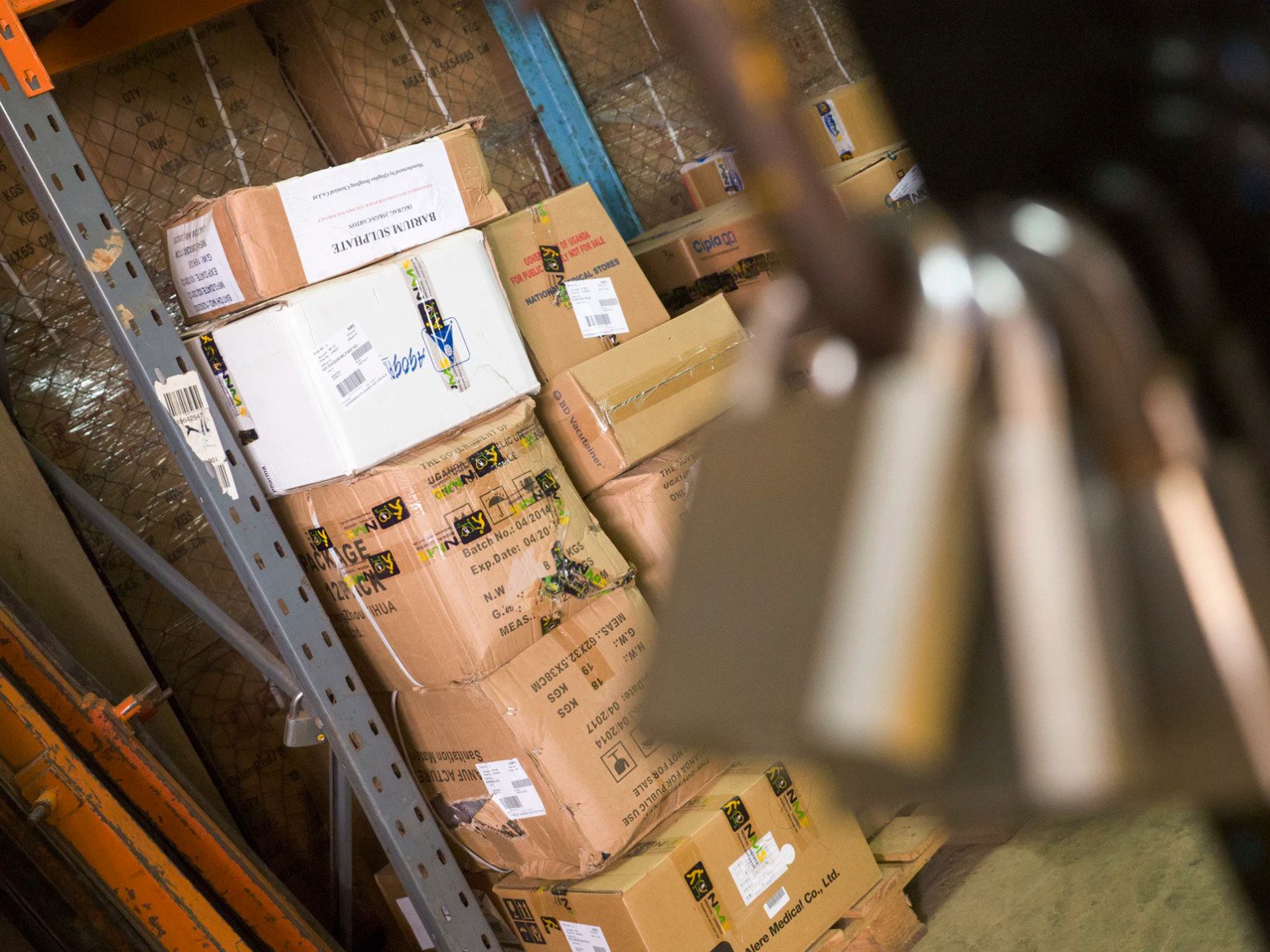Any successful business, no matter their industry or focus, needs a well-run, efficient and effective supply chain. End to end, the supply chain is almost solely responsible for delivery of your product to the buyer, and if any of your supply chain processes have shortfalls or inefficiencies, it means your buyer is receiving underwhelming service and your business is in danger of underdelivering on effective service. Thankfully, spotting problems in your supply chain doesn’t need to be shrouded in fog because there are some quick and easy to spot red flags that can signal your supply chain needs an overhaul. Let’s have a look at some of these now.
There Is a Disconnect Between Your Analytics and Supply Chain Functions
Many businesses rely heavily on the generation and filing of reports to management. Often these reports might be ineffective and lack the required information to correctly analyze and improve your supply chain functions. A strong reporting system and meaningful business intelligence can make all the difference in ensuring your supply chain is running at peak performance. If you have analysts on staff who are feeding information to the decisionmakers and no changes are being made based on these reports, it’s a clear red flag that the kind of analytics you’re creating are disconnected from what you actually need.
The real secret to effective reporting is to ensure that you’re not just reporting for the sake of it, but because your reports actually add value to your supply chain processes.
When There Are Too Many “Why” Questions
The best source of direct feedback is your employees. Those people responsible for actually executing your policy and supply chain processes will intimately feel where the shortfalls are. They’ll usually manifest these feelings by questioning why you’re doing things a specific way. Maybe it’s a process that was set up years ago, or maybe it was a badly designed process. If you are on the receiving end of too many “why” questions, it might be worth being more receptive to these questions and asking for more detailed information from your employees.
Some why questions you might encounter:
- Why do we use this supplier?
- Why do we source these products abroad when there are local options?
- Why do we not have distribution facilities in a particular area?
- Why do we hold so much or so little stock?
- Why do we not offer alternative shipping options that are faster or cheaper?
- Why don’t we consider manufacturing our products in low-labor countries?
Listening and taking in everything your employees say or question can assist you in making better, more informed decisions.
There Are Service Delivery Failures
Of course, nothing says red flag quite like a catastrophic failure in service delivery relating to a supply chain issue. This is the best time to take a microscopic view of every step of your supply chain process that led up to this failure, and to take the time to isolate just what went wrong. It might be a simple change in a process that will bulletproof your supply chain processes to prevent the same service delivery failure from happening again.
This is an area where supply chain simulation and design tools can be particularly useful. Supply chain managers thrive on and benefit greatly from information, and often a supply chain process designed for a ‘normal’ condition will fall flat when presented with a real-world problem. Upskilling your managers is a sure-fire way of getting results, and courses like those offered by Kettering University Online should make a marked difference in your failure rates.
Third Party Providers Are Complacent
Third party goods and service providers are the keystones of many supply chains, and being able to completely rely on these providers is imperative for your success. Often companies will select third party providers and for years they will deliver a service or product to your business and grow complacent. Regularly reviewing and reappointing third party contract providers can break this complacency.
Changing third party suppliers usually also means modifying or refreshing parts of your supply chain processes, updating them and bringing them in line with more modern practices.
A few reasons you should consider reviewing third party contracts are:
- A change in volume of products or services.
- Consolidation of products from a few vendors to one vendor.
- Better support or a larger logistics network.
- Cost savings offered by new third-party partners.
- Better discount structures.
- Multiple service failures or inadequate service from existing providers.
- Unacceptable service from existing providers.
Ultimately, third party providers play an enormously important role in your supply chain and they should be afforded an appropriate level of scrutiny and assessment.
Your Supply Chain Is a Major Business Expense
It’s natural for a supply chain to be a significant expense for a business, but there are some easy ways to minimize this expense. Ultimately your aim should be to get the most productivity from your supply chain for the least amount of spend, and by making some changes to your supply chain, you could end up saving significant amounts of money.
- Don’t be afraid to embrace automation.
- Use your warehousing and storage space more effectively so you need less of it.
- Revisit the way you package or box your products for distribution.
- Investigate the use of “Just in Time” inventory and stock management.
- If there are things that can be outsourced, do a cost analysis to see if you can save some costs by outsourcing.
- Constantly report on and measure the performance of every step of your supply chain.
There are very few cases where reducing cost in a supply chain isn’t possible, because no matter how efficient it might be, there is always room for improvement. By constantly monitoring your processes and making small changes, you can often see a knock-on effect of reducing the costs of your supply chain and increasing its effectiveness.
By keeping a close eye on these red flags and not being afraid to make changes, whether small tweaks or big overhauls to your supply chain, you can be on top of the challenges that your business faces in supply chain.
Data analytics expert. As an analyst and project manager, I have proven to be a strong leader and team player in maintaining a suitable workspace for workers and industries in the oil and gas sector.
By taking into account various factors, with the assistance of state of the art technologies and the utilization of Big Data Analytics.
This includes considering various aspects like volume, velocity, variety, veracity, value together with complexity.
With the recent advent of data recording sensors in exploration, drilling, and production operations, oil and gas industry has become a massive data intensive industry.






